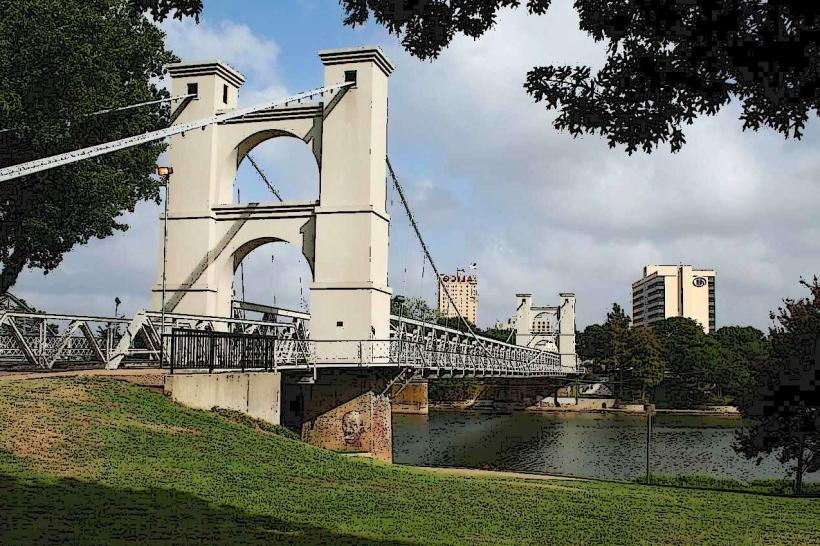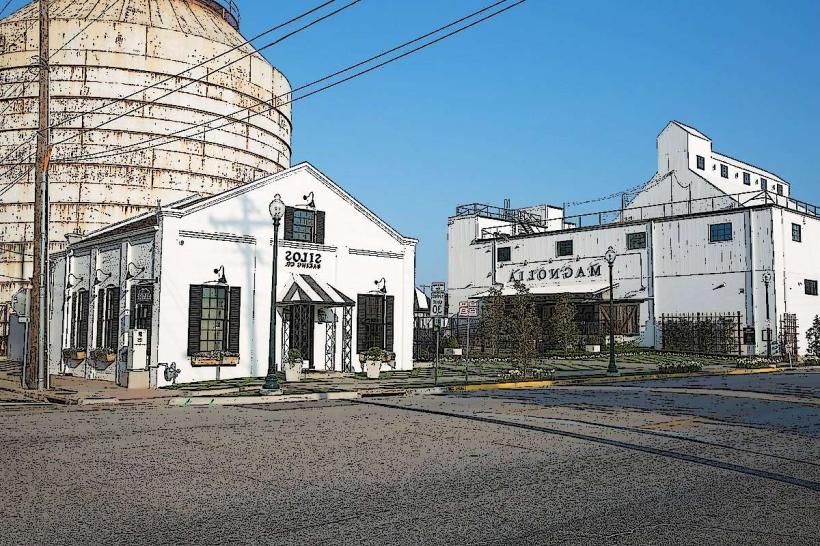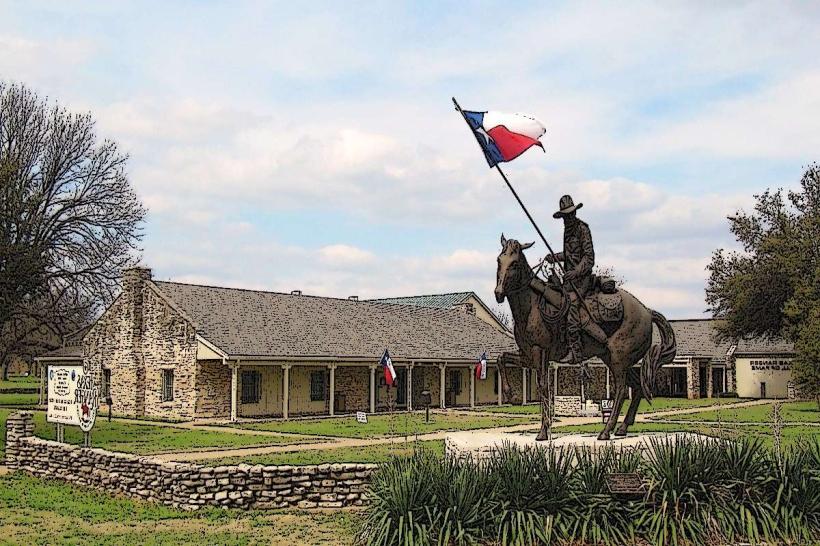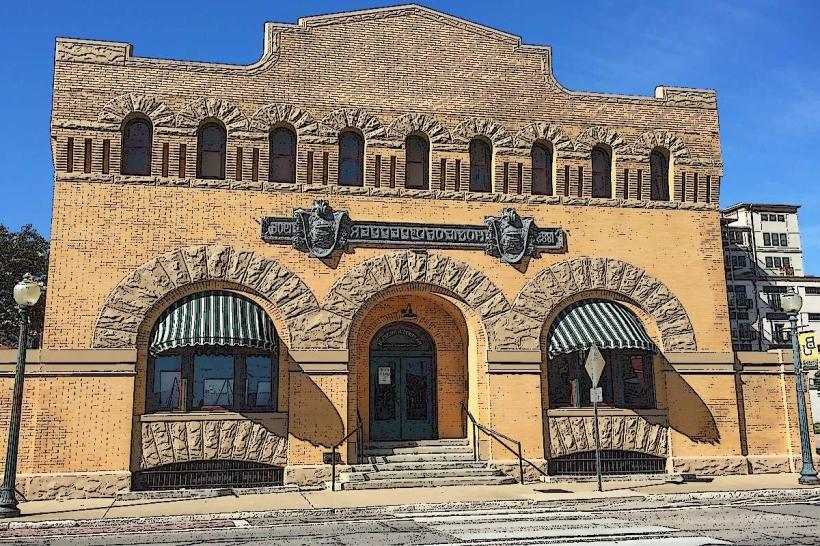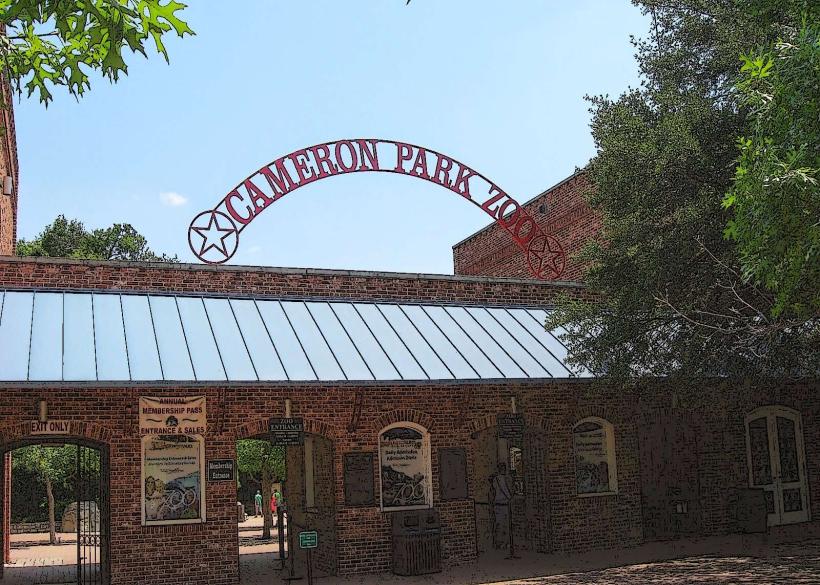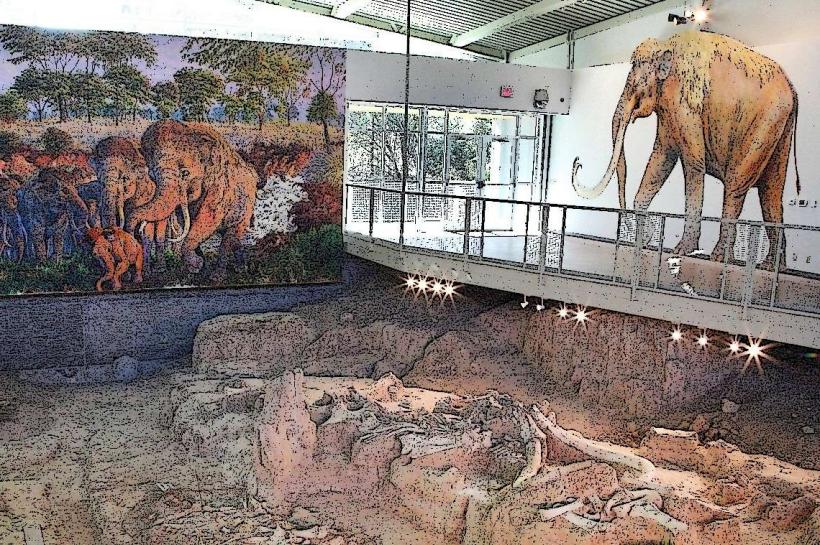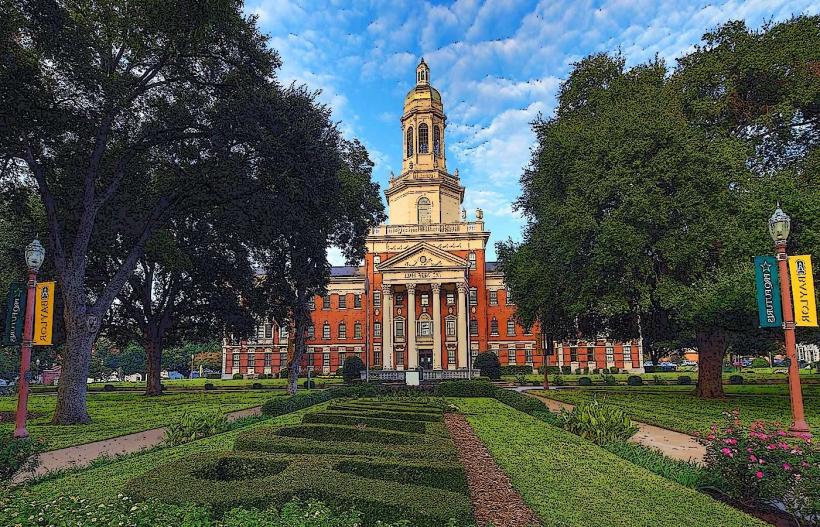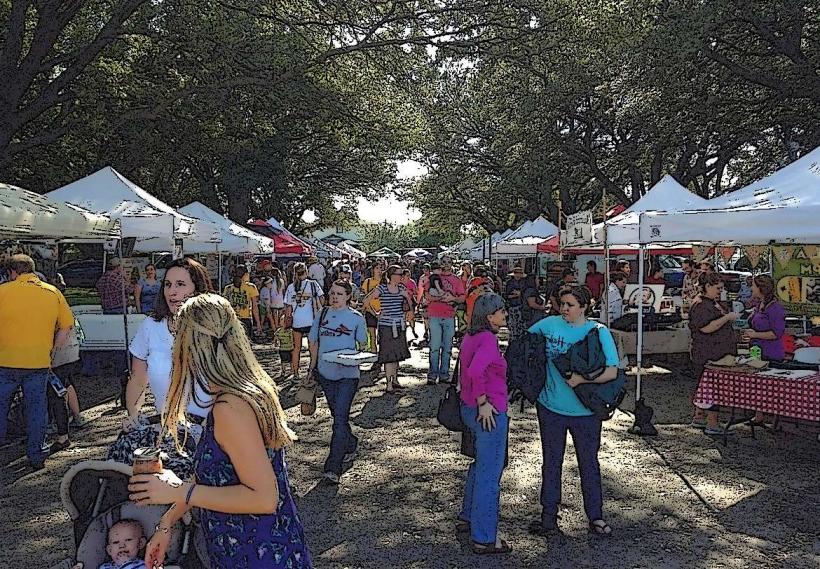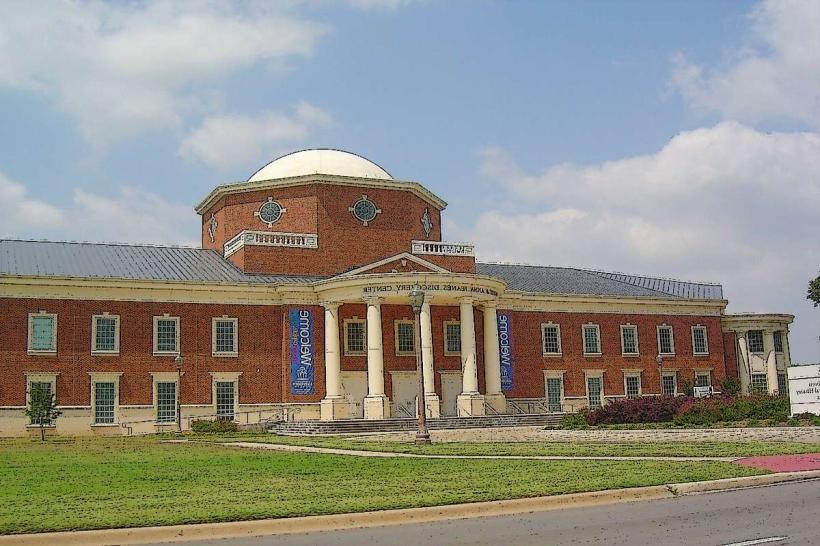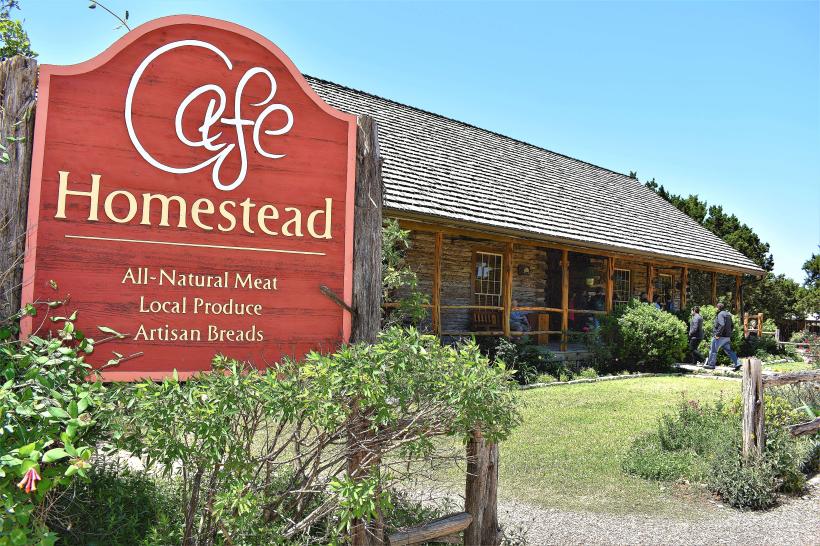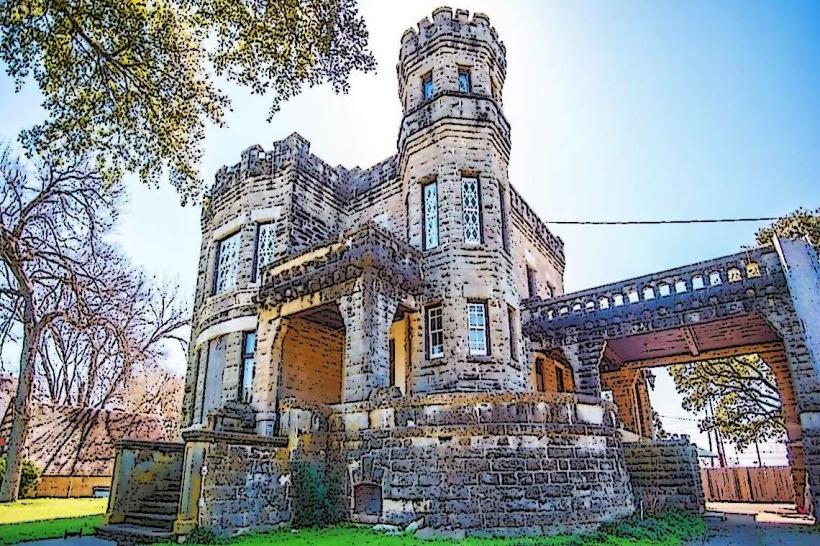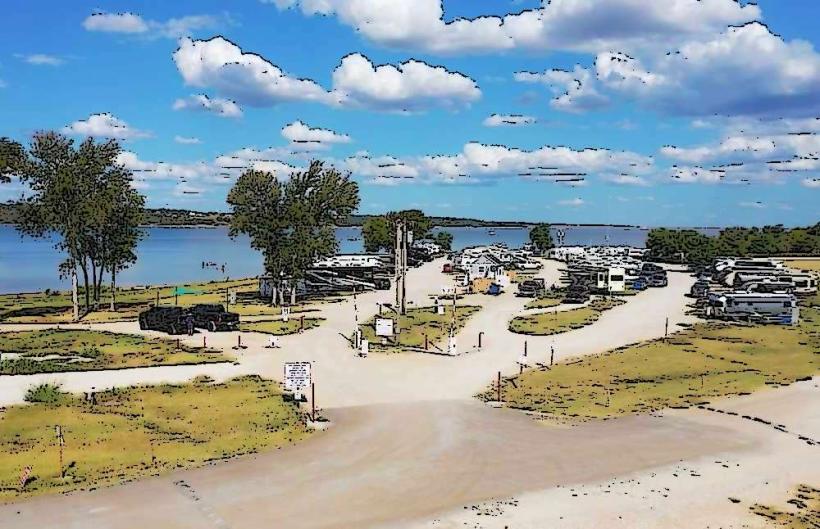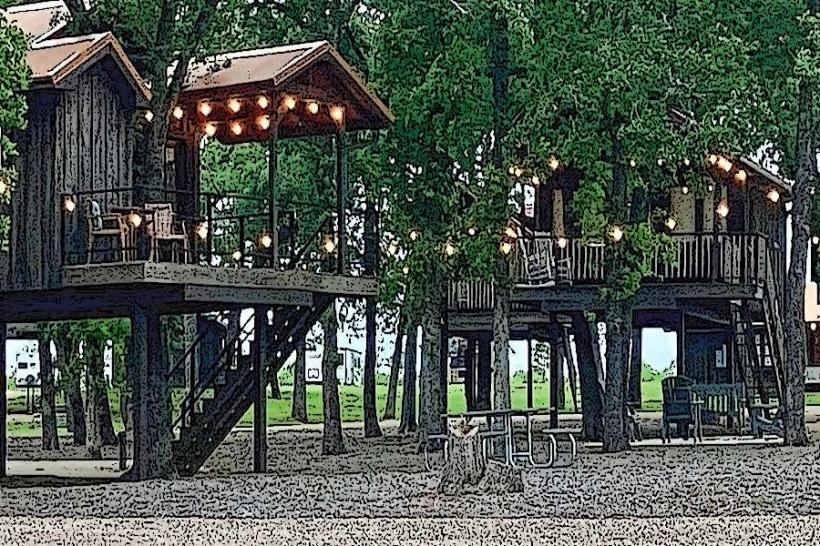Information
City: WacoCountry: USA Texas
Continent: North America
Waco, USA Texas, North America
Waco is a historically rich and culturally diverse city in Central Texas, located along the Brazos River and halfway between Dallas and Austin. It has evolved from a 19th-century frontier town into a modern urban center with significant educational, cultural, and economic importance. Waco is known for being the home of Baylor University, one of the oldest and most respected private universities in Texas, and for its ties to both religious history and popular culture—especially through the success of the HGTV series Fixer Upper.
Here is a detailed overview of Waco:
1. Geography and Setting
Waco is situated in McLennan County, on the edge of the Texas Hill Country to the west and the Blackland Prairie to the east.
Brazos River: The city is bisected by the river, and the iconic Waco Suspension Bridge (built in 1870) spans it downtown.
Lake Waco: A man-made reservoir on the Bosque River provides flood control, water supply, and recreational activities.
Interstate 35: Waco lies on this major highway corridor, which connects it easily to both Dallas–Fort Worth (north) and Austin–San Antonio (south).
2. Historical Background
Waco has a long and layered history, from indigenous settlements to frontier conflict, to modern revitalization.
Pre-Colonial Era: The area was inhabited by the Waco (Hueco) Native American tribe, for whom the city is named.
Early Settlement: In the 1840s and 1850s, Anglo-American settlers established a permanent community.
19th Century Growth: Waco became a center of cotton trade and river commerce, thanks to its location on the Brazos and the arrival of the railroad.
20th Century Events: The city has been marked by both progress and tragedy, including the 1953 tornado that killed over 100 people and the infamous 1993 federal siege near Mount Carmel, involving the Branch Davidians.
21st Century Revitalization: Fueled by tourism, university growth, and urban redevelopment, Waco has seen a major cultural and economic resurgence, particularly with the rise in popularity of the Magnolia brand and Fixer Upper.
3. Economy
Waco has a mixed economy with key sectors in education, healthcare, manufacturing, and tourism.
Education: Baylor University is a major employer and economic engine, attracting students, faculty, and researchers.
Healthcare: The city has a strong medical sector, with institutions like Ascension Providence Hospital and Baylor Scott & White Health.
Industry: Historically strong in textiles and agriculture, Waco now has industries in food production (Dr Pepper), aerospace, and logistics.
Tourism: The Magnolia Market at the Silos draws millions of visitors annually, making Waco a nationally recognized destination for design, shopping, and hospitality.
Military and Aviation: L3Harris Technologies and nearby Fort Cavazos (formerly Fort Hood) support defense-related industries.
4. Baylor University
A central feature of Waco’s identity and urban life, Baylor is the oldest continuously operating university in Texas.
Founded: 1845, by Baptist pioneers.
Campus: A large and beautiful campus near downtown, home to 20,000+ students.
Academics: Known for law, business, divinity, and health sciences programs.
Sports: Baylor Bears teams compete in the Big 12 Conference. Football, basketball, and baseball enjoy strong local support, with the McLane Stadium anchoring game day culture along the riverfront.
5. Culture and Attractions
Waco blends historical, artistic, and family-oriented attractions.
Magnolia Market at the Silos: Opened by Chip and Joanna Gaines, this complex includes a bakery, garden store, food trucks, and home décor shops.
Dr Pepper Museum: Celebrates the history of the soda, which was invented in nearby Waco in the 1880s.
Texas Ranger Hall of Fame and Museum: The official state repository for artifacts and archives about the Texas Rangers law enforcement agency.
Mayborn Museum Complex: An interactive science and history museum located on the Baylor campus.
Cameron Park Zoo: A family-friendly zoo located in one of the largest urban parks in Texas.
6. Events and Festivals
Waco hosts several local and regional events throughout the year.
Silobration: Magnolia’s annual fall festival, attracting huge crowds for live music, food, and vendors.
Heart O’ Texas Fair & Rodeo: A traditional county fair with livestock shows, rides, and rodeo competitions.
Waco Cultural Arts Festival: A showcase of local and regional artists, musicians, and performers.
Baylor Homecoming: One of the oldest and largest university homecomings in the country, including a parade and bonfire.
7. Parks and Outdoor Spaces
Waco’s geography and investment in public spaces make it attractive for outdoor recreation.
Cameron Park: A 400-acre riverside park with cliffs, mountain biking trails, and scenic lookouts.
Brazos Riverwalk: A landscaped trail that winds through downtown along the river, linking Baylor University with cultural and shopping districts.
Lake Waco: Offers boating, fishing, and picnicking areas, as well as hiking trails around the shoreline.
Cotton Belt Trail: A multi-use path popular for jogging and biking, extending west toward suburban areas.
8. Climate
Waco has a humid subtropical climate, characterized by hot summers and mild winters.
Summer: Often very hot and humid, with temperatures regularly above 95°F (35°C).
Winter: Generally mild, with occasional cold fronts and rare snow or ice.
Spring/Fall: Pleasant and warm, though spring can bring strong thunderstorms and occasional tornadoes.
9. Transportation
Waco is a regional transportation hub with highway, air, and rail connections.
Highways: Located on I-35, with U.S. Highways 84 and 77 providing regional access.
Public Transit: Waco Transit System operates city buses and university shuttles.
Air Travel: Waco Regional Airport offers daily flights to Dallas–Fort Worth.
Rail: No passenger train service, but the city lies along major freight corridors.
10. Demographics and City Life
Population: Over 140,000 residents in the city, with around 275,000 in the metropolitan area.
Diversity: Waco has a racially and ethnically diverse population, including significant Hispanic and African American communities.
Cost of Living: Generally lower than the state and national average, making it attractive for students, families, and retirees.
Education: In addition to Baylor, Waco is served by McLennan Community College and Texas State Technical College.
Conclusion
Waco is a city with deep historical roots, a strong academic presence, and a surprising level of national attention thanks to its cultural and entrepreneurial renaissance. It is a place where tradition meets trend, where 19th-century history stands alongside modern design boutiques, and where the rhythms of university life blend with the flow of the Brazos River. Whether you're visiting for its history, institutions, or vibrant culture, Waco continues to grow as one of Texas’s most distinctive and engaging mid-sized cities.

